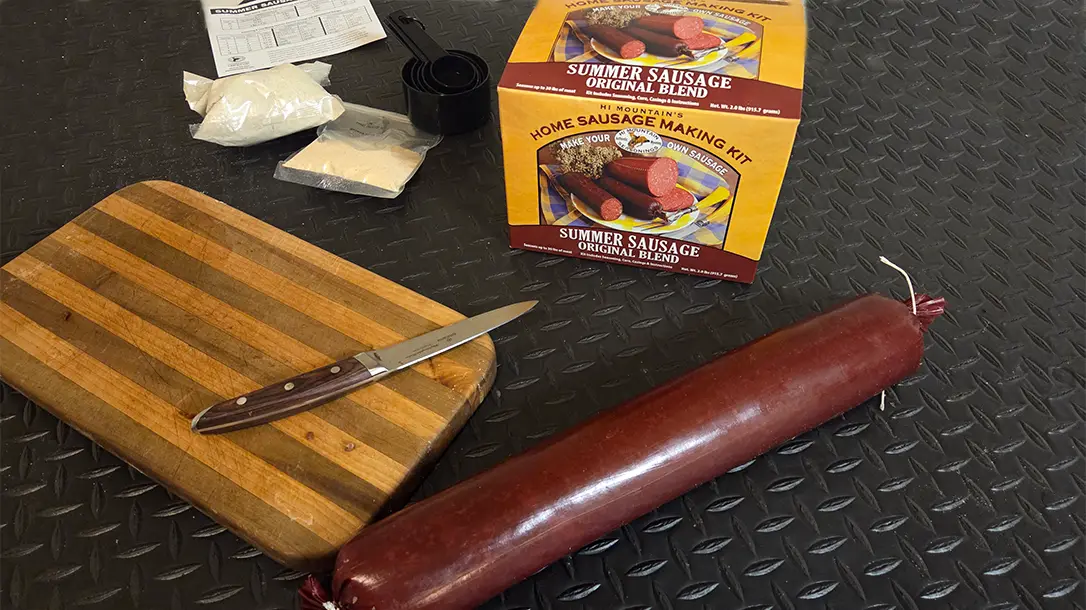Is The 10 Gauge Doomed?
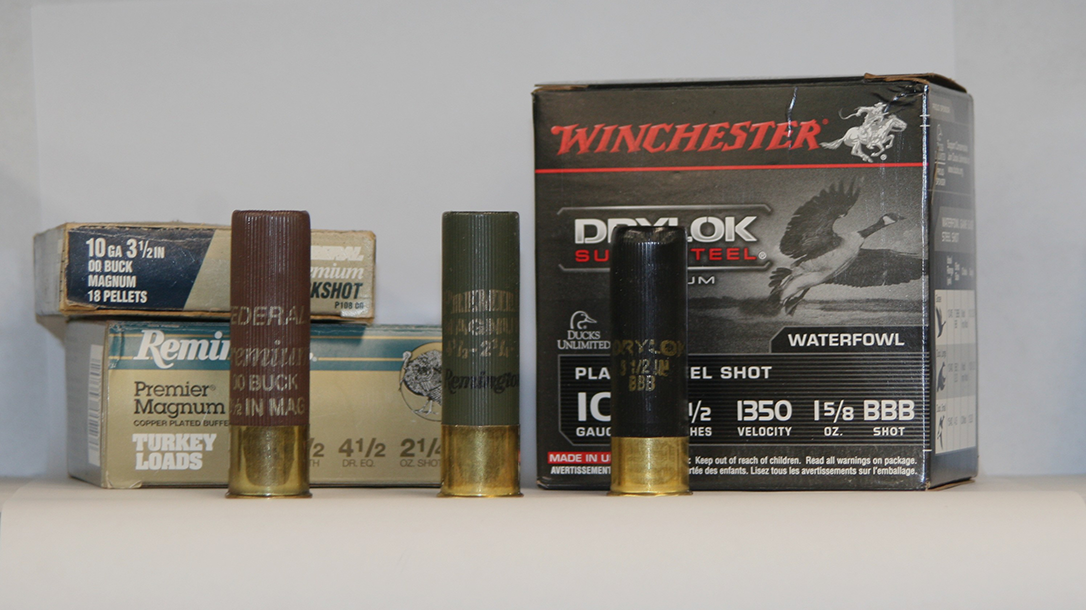
I recall the ad as if it were yesterday. The Ithaca Mag-10 10 gauge; what a gun. The 32-inch barrel could knock the highest goose from the sky. I thought I had found the edge for squirrel hunting in the tall hickory trees. I clipped the ad from an outdoor magazine and carried it folded in my back pocket for weeks showing anyone who held still for five minutes. I could hardly wait to show my grandpa.
Grandpa was no nonsense and survived the Depression while raising 11 kids. He knew the value of a buck and didn’t need some government bureaucrat telling him if something was wasteful. Grandpa was a gun man. Having owned dozens of guns, he’d try one out and if it didn’t fit his needs, he’d sell it. On the next visit I hurriedly pulled the ad from my back pocket and unfolded it for him to see. Grandpa had a few questions for me.
“Where are you going to find shells?” he asked.
Advertisement — Continue Reading Below
He had a point I had never seen a real box of 10 gauge shells, let alone shoot one. Not so with grandpa. He had owned a behemoth 10 gauge shotgun and soon traded it off.
“They have way more kick than they are worth,” he added.
I was dejected, however, I still longed for a 10 gauge.
Advertisement — Continue Reading Below
10 Gauge 3½ inch
The 10 gauge 3 ½ inch as we know it today came about in 1932 when John Olin of Winchester fame partnered with Ithaca. The result being a New Ithaca Double (NID) chambered for the 3 ½ inch 10 gauge. Before this the standard 10 gauge was chambered for 2 7/8 inches. The Ithaca NID was produced for about 10 years and the 10 gauge fell into near obscurity save for the Harrington & Richadson single barrel and a few imported side by sides.
In 1975, the Ithaca Mag-10 hit the stores. Designed with the CounterCoil system in the magazine tube and tipping the scales at 11.5 pounds this combination helped keep heavy recoil from the 10 gauge in check. Not to be left out in the cold, Marlin introduced a 10 gauge based on their bolt action offering called the 5510 SuperGoose in 1976. It was produced until 1985.
Advertisement — Continue Reading Below
When Ithaca was sold in 1989 the new owners sold the patent for the semi-auto to Remington. A revamp of the gun produced the Remington SP-10 that same year. A couple of years later,Browning introduced their BPS 10 and Gold 10. Both models being more robust than their 12 gauge counterparts.
End Of The 10 Gauge?
A push to ban the use of lead for waterfowl was imminent; this push had begun for the 1987-1988 waterfowl season. By 1991 the use of non-toxic shot only was the law of the land. The 10 gauge was able to deliver more pellets of the new non-toxic pellets than the 12 gauge 3 inch shells.
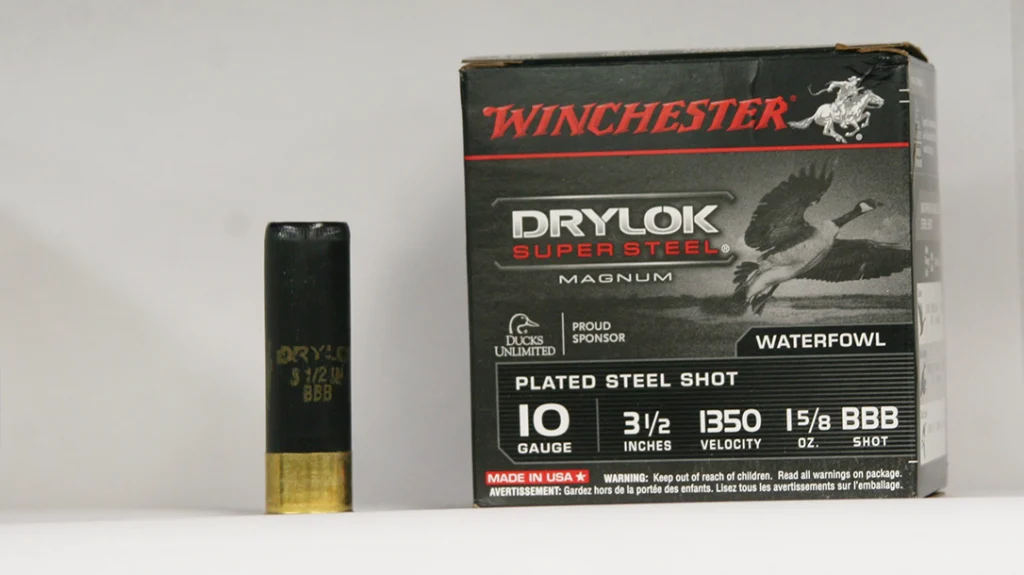
Advertisement — Continue Reading Below
No one told the 10 gauge that its days were to be numbered with the introduction of the collaboration between Mossberg and Federal in the Ulti-Mag 835. The 835 was chambered in 12 gauge and could handle not only 2 ¾ and 3 inch shells but also the newly developed 3 ½ inch cartridge.
The Mossberg 835 and its 3 ½ chambering was picking up traction but the bottom dropped out when Benelli introduced their semi auto, the Super Black Eagle chambered in 3 ½ inch. Other manufacturers followed Benelli’s lead by introducing a 3 ½ inch models of their own.
Suddenly, the payload of the 10 gauge could be had in a 12 gauge with shotguns weighing several pounds less. And let’s face it, you carry them much more than you shoot them.
Advertisement — Continue Reading Below
Then Why?
Testing has shown that the 10 gauge with its larger bore diameter produces a denser pattern with a dose of larger shot than its slightly smaller brother, the 12 gauge. For this reason, many waterfowlers, especially goose hunters, shoot 10 gauges. The advantage is lost when smaller shot sizes is used and then the pattern percentage of the 12 gauge 3 ½ inch matches the 10 gauge.
Will The 10 Gauge Go Away?
It’s a difficult question. Today, no manufacturer is producing a 10 gauge. Browning has dropped both the Gold 10 and the BPS from their lineup.
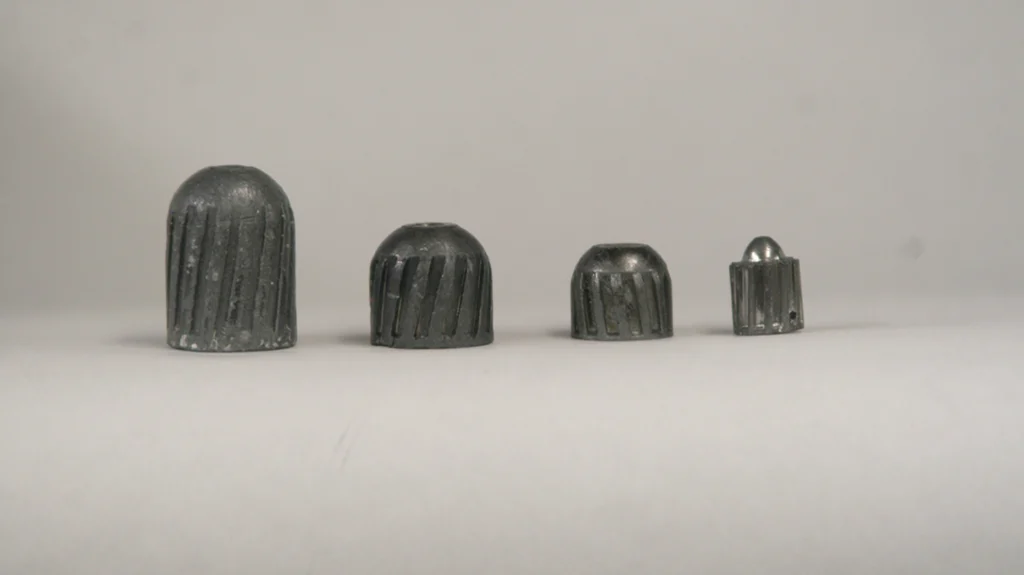
Advertisement — Continue Reading Below
The 10 gauge was near extinction after World War II, yet shells continued to be produced for it. Today, nearly every manufacturer produces 10 gauge shells, as well as, many of the smaller firms who custom load shells for the niche market of waterfowlers and turkey hunters. Even Federal’s humongous 10 gauge rifled slug which hurls a whopping 1 ¾ oz pumpkin ball of lead is still being produced at this writing. Therefore, if you are a 10 gauge aficionado don’t worry about not finding shells anytime soon.
But, what about the 10 gauge shotgun itself? The price of 10 gauge shotguns has skyrocketed since production stopped. However, a quick look at the firearm auction sites shows many guns for sale with a lot of tire kickers, but few actual bidders. Even the Ithaca Mag-10 and the Remington SP-10 are well represented in the secondhand market. I finally got the 10 gauge out of my system when I bought a used Gold 10 a few years back and like my granddad it went down the road when someone offered me twice what I had in it.
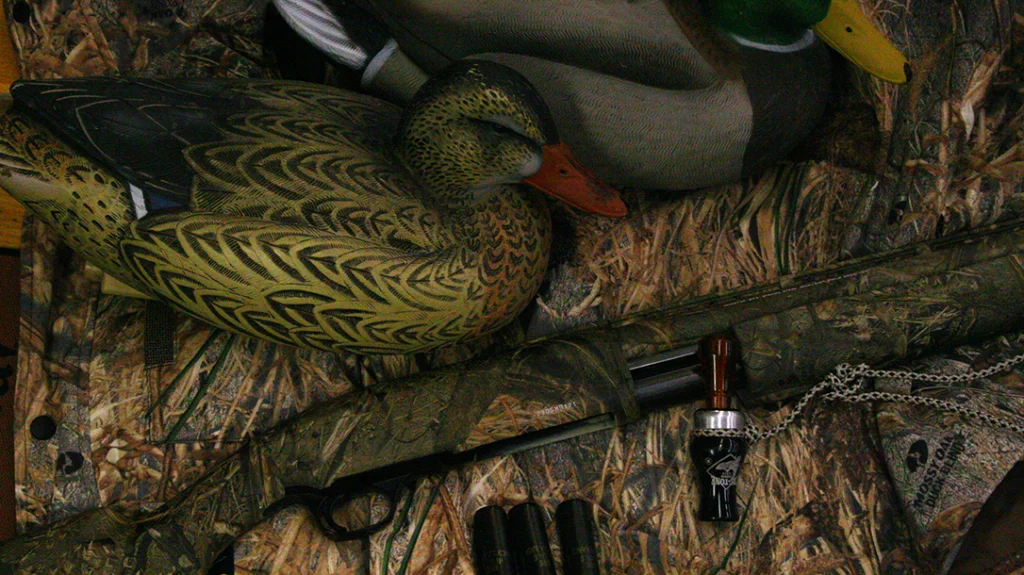
I do not foresee any major manufacturer picking up the 10 gauge anytime soon, but I doubt the 10 gauge is going away at least not for a while.


![EOTECH Vudu 3-9×32 [RECOILTV] | RECOIL EOTECH Vudu 3-9×32 [RECOILTV] | RECOIL](https://www.recoilweb.com/wp-content/uploads/2025/09/Iain-EOTech-3-to-9.png)

